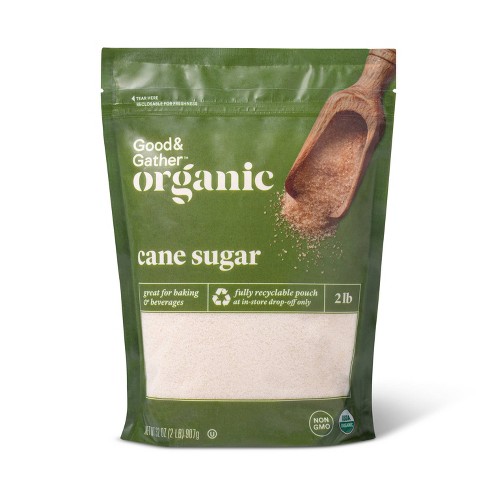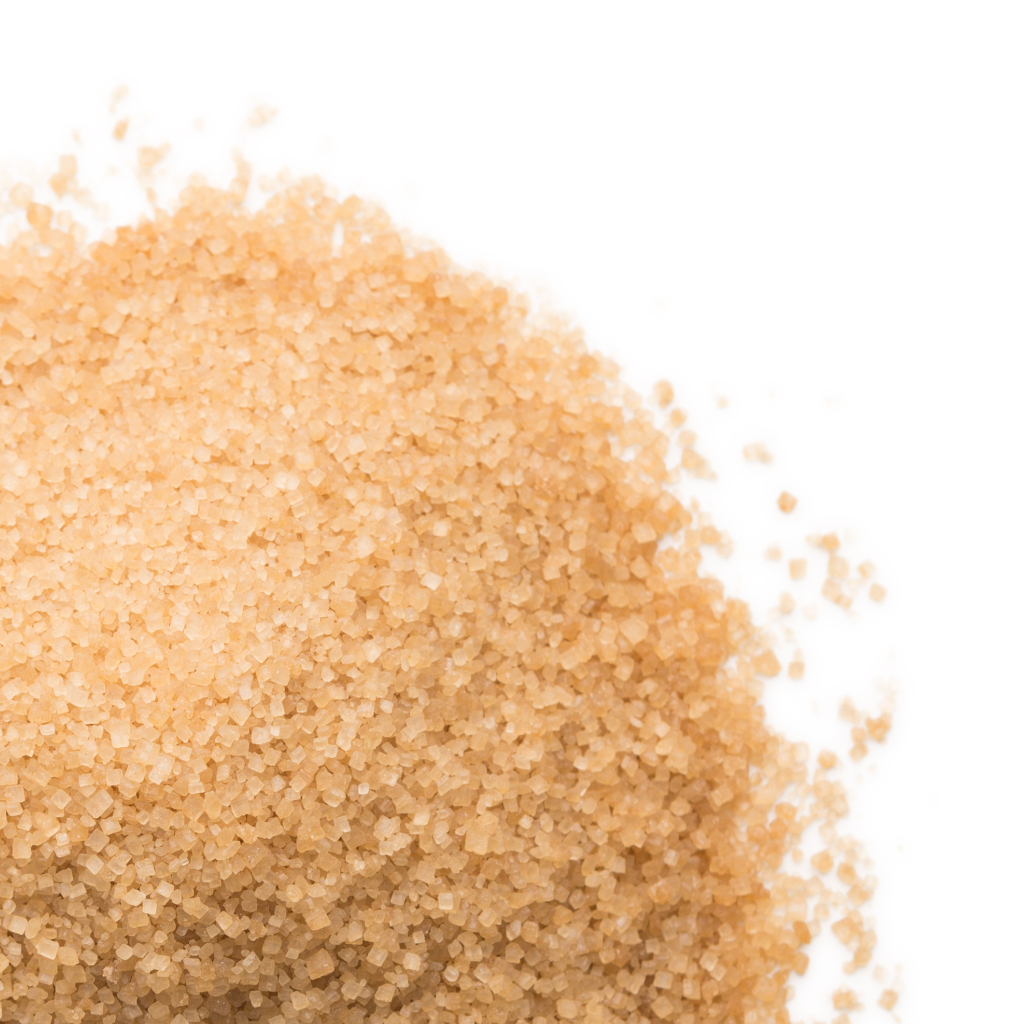Cane Sugar Processing: Ingenious Techniques for Top Quality Production
A Thorough Overview to the Ecological Impact and Sustainability Practices in Walking Cane Sugar Handling
The environmental impact of walking stick sugar handling offers a complicated range of obstacles that warrant cautious assessment. From dirt destruction and excessive water usage to the carbon impact related to growing and production, the effects of conventional methods are significant. On the other hand, the adoption of ingenious sustainability steps uses a pathway towards more responsible manufacturing techniques. Recognizing the interplay in between these concerns is essential for stakeholders in the sector. What details techniques can be implemented to strike a balance in between performance and environmental stewardship? The responses hinge on a better check out both the challenges and possible remedies.
Summary of Walking Cane Sugar Handling
Walking stick sugar handling involves a series of organized steps that transform sugarcane right into polished sugar. At first, collected sugarcane is delivered to refining centers, where it undergoes cleaning up to get rid of dirt and debris. Following this, the walking cane is squashed to draw out juice, which is after that clarified by removing pollutants via home heating and the addition of lime.
The clarified juice undertakes evaporation, where water is eliminated to focus the sugar content. This concentrated syrup is then crystallized through air conditioning, enabling sugar crystals to form. These crystals are separated from the continuing to be syrup using centrifugation, resulting in raw sugar. To attain refined sugar, the raw item goes through further filtration processes, which might include filtering and cleaning to remove remaining impurities and color.
The end product is after that dried and packaged for distribution. Throughout this whole procedure, keeping effectiveness and quality assurance is necessary to ensure the sugar satisfies industry criteria. Each action in cane sugar processing not just contributes to the end product yet additionally has implications for resource use and waste generation, establishing the stage for conversations on sustainability and ecological impacts connected with sugar manufacturing.
Environmental Obstacles of Manufacturing
The production of cane sugar presents numerous substantial environmental difficulties that warrant attention. One primary problem is the comprehensive use agrochemicals, consisting of plant foods and pesticides, which can result in soil degradation, biodiversity loss, and contamination of local water sources. The runoff from sugarcane areas commonly carries these chemicals right into neighboring ecosystems, interfering with water life and influencing the health of areas reliant on these water bodies.
An additional challenge is the high power consumption related to sugarcane processing. The boiling and refining phases call for considerable warm, largely produced by melting fossil fuels, adding to greenhouse gas exhausts. In addition, the large land location required for sugarcane growing can lead to logging and habitat devastation, further worsening climate modification and harmful wild animals.
Additionally, the labor methods in some regions elevate ethical worries, as workers may face inadequate working conditions and poor wages. This scenario usually bolsters a cycle of destitution in neighborhood areas. Cane Sugar Processing. Resolving these ecological challenges is important for creating more lasting techniques in cane sugar manufacturing, eventually profiting both the environment and the neighborhoods involved in this industry
Water and Land Usage Impact
Water sources and land utilization are vital parts in the walking cane sugar sector that considerably impact the environment. The growing of sugarcane needs substantial water input, with quotes recommending that it can take in up to 2,000 liters of water per kg of sugar created. This intensive use of water often causes exhaustion of local water resources, influencing not just the sugarcane ranches yet likewise surrounding ecosystems and neighborhoods that count on the same water sources for farming and domestic visit site use.

Furthermore, land use for sugarcane farming can cause logging and the conversion of natural habitats into monoculture ranches. This technique decreases biodiversity, interrupts regional environments, and adds to dirt deterioration. The expansion of sugarcane fields frequently elbows in on beneficial agricultural land, producing competitors for resources in between food and biofuel manufacturing.
Lasting practices, such as optimizing watering strategies and applying plant rotation, are necessary to reduce these influences. By adopting extra effective water usage and land monitoring strategies, the walking stick sugar sector can reduce its environmental impact, making certain a balance between farming productivity and ecological preservation.
Greenhouse Gas Emissions
Greenhouse gas emissions stand for a significant ecological issue within the walking cane sugar processing market, especially as farming techniques increase to meet global need. The farming of sugarcane, a crop that flourishes in exotic climates, relies greatly on artificial fertilizers and pesticides, which add to nitrous oxide emissions. Furthermore, land-use modifications, consisting of deforestation for brand-new sugarcane ranches, release carbon dioxide kept in plant life and dirt.
During handling, power consumption is one more significant resource of greenhouse gas emissions - Cane Sugar Processing. Numerous sugar mills utilize nonrenewable fuel sources to power machinery and create warmth, leading to significant carbon impacts. Furthermore, the transport of raw sugarcane and finished products adds layers of emissions with gas burning in lorries
This entails assessing existing agricultural practices, refining methods, and transportation systems to determine click to read locations for improvement and reduction. Dealing with greenhouse gas exhausts is important for fostering a more lasting walking cane sugar market in an altering climate.

Lasting Practices and Innovations
Lasting methods and advancements are progressively crucial in the cane sugar handling industry as stakeholders look useful source for to reduce ecological impacts while keeping performance. One substantial advancement is the implementation of incorporated crop monitoring, which maximizes source usage by integrating dirt administration, pest control, and crop rotation techniques. This technique boosts return while reducing chemical inputs and protecting dirt wellness.
Furthermore, the fostering of renewable energy resources, such as biomass from sugarcane deposits, has actually obtained grip - Cane Sugar Processing. By converting waste products right into energy, processing facilities can minimize their reliance on nonrenewable fuel sources, therefore lowering greenhouse gas discharges
Water management practices have additionally seen enhancements through the recycling and reusing of water in handling plants, dramatically reducing freshwater usage. Advancements in technology, such as accuracy farming, allow farmers to keep an eye on crop health and resource usage much more properly, guaranteeing lasting farming practices.
In addition, certification programs like Fair Profession and Jungle Partnership motivate eco accountable farming practices and promote social equity within the supply chain. By accepting these sustainable methods and technologies, the walking stick sugar handling industry can boost its strength and add favorably to ecological stewardship.
Final Thought
The environmental influence of walking stick sugar handling offers significant difficulties, including soil destruction, high water intake, and greenhouse gas discharges, together with honest issues connected to labor methods. Resolving these problems via lasting methods, such as integrated plant administration, eco-friendly energy fostering, and water recycling, is necessary. By promoting socially fair and environmentally liable techniques in sugar production, the industry can minimize its damaging effects, guaranteeing a more sustainable future for both neighborhoods and environments included in this field.
Cane sugar processing includes a collection of organized actions that transform sugarcane into polished sugar. Each action in walking stick sugar handling not just adds to the final item however also has implications for resource use and waste generation, establishing the stage for discussions on sustainability and environmental influences connected with sugar manufacturing.
Greenhouse gas exhausts represent a considerable environmental problem within the walking cane sugar processing sector, specifically as agricultural practices expand to fulfill global demand.Lasting practices and advancements are progressively important in the walking cane sugar handling industry as stakeholders seek to reduce environmental influences while preserving performance.The ecological effect of walking stick sugar handling presents considerable difficulties, consisting of soil destruction, high water consumption, and greenhouse gas exhausts, alongside honest concerns connected to labor practices.